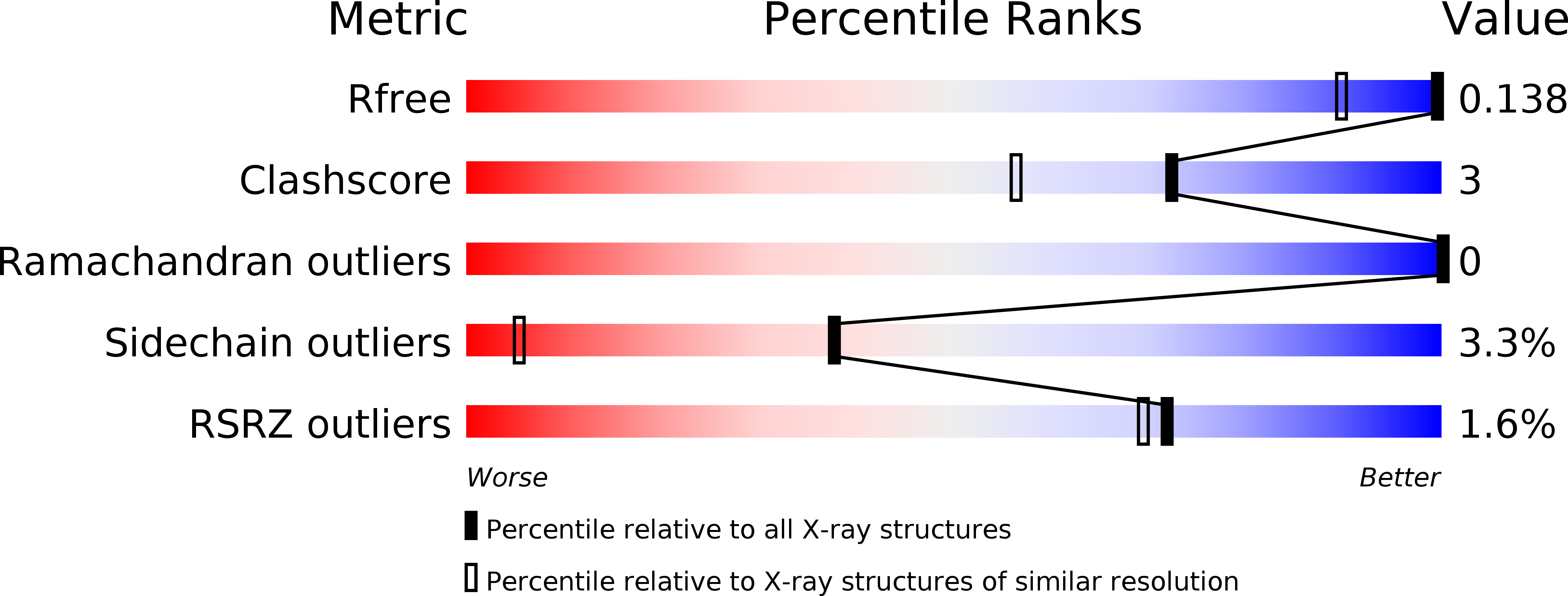
Deposition Date
2010-03-27
Release Date
2011-03-09
Last Version Date
2024-03-20
Entry Detail
PDB ID:
3MC5
Keywords:
Title:
Human Aldose Reductase mutant T113V in complex with IDD393 crystallized in spacegroup P1
Biological Source:
Source Organism:
Homo sapiens (Taxon ID: 9606)
Host Organism:
Method Details:
Experimental Method:
Resolution:
1.14 Å
R-Value Free:
0.15
R-Value Work:
0.12
Space Group:
P 1


